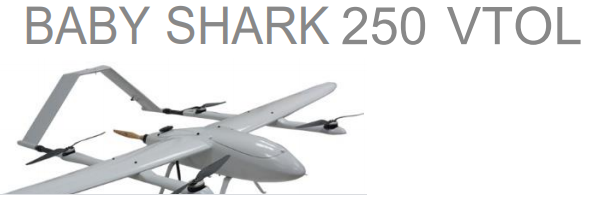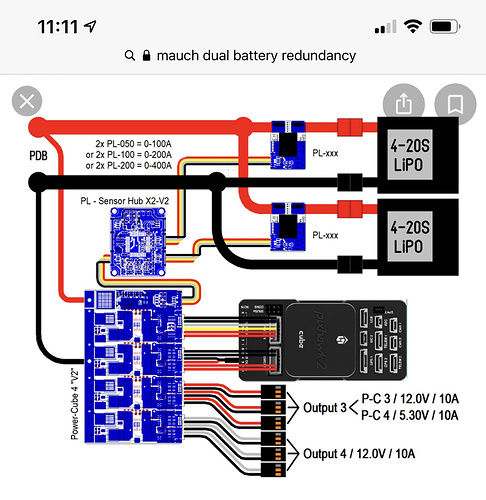Mr. Chang sent me the parameter files to be used as a guideline or reference. I posted them below.
I have gone through the parameter file differences with my own and did not find many changes. I believe the AHRS_EKF_TYPE change comes from using different Pixhawk hardware. For forward flight, they are using higher P values so I may change to those. Their transition speeds are slower but aided by custom firmware that I prefer not to post until I test it, if needed. The modified firmware improves transition stability.
Parameter File Differences
Greg’s Parameter then (MFE’s Parameter)
AHRS_EKF_TYPE,3 (2)
ALT_HOLD_RTL,10000 (-1)
BRD_TYPE,2 (No Entry for MFE)
PTCH2SRV_D,0.04 (0.1)
PTCH2SRV_FF,0.4 (0)
PTCH2SRV_I,0.15 (0.2)
PTCH2SRV_IMAX,3000 (3000)
PTCH2SRV_P,0.7 (1.5)
PTCH2SRV_RLL,1.15 (1.3)
PTCH2SRV_RMAX_DN,0 (60)
PTCH2SRV_RMAX_UP,0 (60)
PTCH2SRV_TCONST,0.5 (0.5)
Q_A_ACCEL_P_MAX,110000 (30000)
Q_A_ACCEL_R_MAX,110000 (30000)
Q_A_ACCEL_Y_MAX,20000 (27000)
Q_A_ANG_PIT_P,6 (6)
Q_A_ANG_RLL_P,4.5 (8)
Q_A_ANG_YAW_P,3 (3)
Q_A_RAT_PIT_I,0.35 (0.2)
Q_A_RAT_RLL_D,0.004 (0.012
Q_A_RAT_RLL_I,0.4 (0.25)
Q_A_RAT_RLL_P,0.4 (0.3)
Q_A_RAT_YAW_D,0.07 (0)
Q_A_RAT_YAW_I,0.08 (0.18)
Q_A_RAT_YAW_P,0.7 (0.3)
Q_A_SLEW_YAW,3000 (6000)
Q_ANGLE_MAX,4000 (1500)
Q_ASSIST_ANGLE,30 (45)
Q_ASSIST_SPEED,10 (14)
Q_ASSIST_ALT, n/a (20)
Q_ASSIST_ALT_MOD, n/a (18)
Q_LAND_SPEED,50 (40)
Q_TILT_MAX,65 (32)
Q_TILT_RATE_DN,50 (12)
Q_TILT_RATE_UP,200 (45)
Q_TILT_YAW_ANGLE,13 (10)
RLL2SRV_P,1 (3)
YAW2SRV_INT,0.3 (0.15)
YAW2SRV_RLL,1 (0.8)
MFE Freeman 2100.param (19.5 KB)
MFE Freeman 2300 .param (19.5 KB)
 (just trying to learn)
(just trying to learn)
